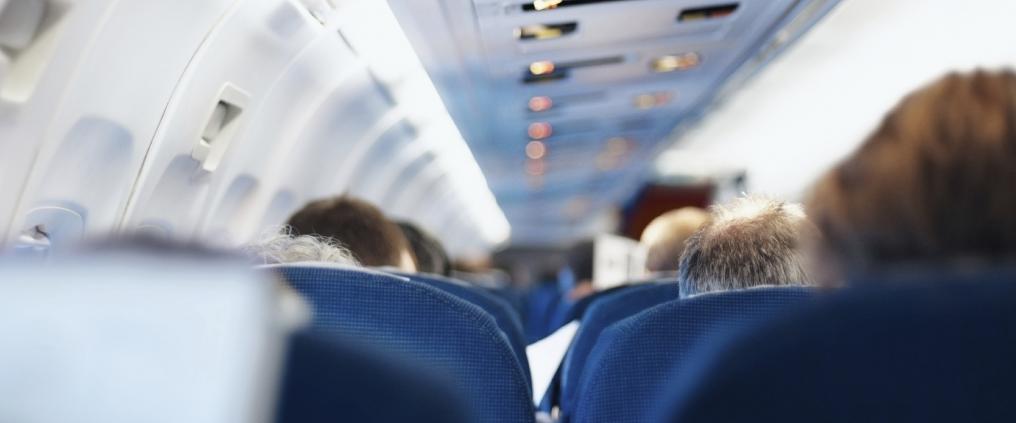Most of us would never think to get in a car without buckling up. So why is it that some airline passengers fail to keep their seatbelts fastened whenever they are seated, knowing that the aircraft could encounter a sudden change of airflow while in flight?
Niina Aaltela, an inspector responsible for cabin safety matters at Finnish Transport Safety Agency, Trafi, explains the importance of following the seatbelt sign and talks about the causes of turbulence.
Why should we wear seatbelts on planes?
Seat belts are required and designed to ensure passenger safety and reduce the risk of injury, particularly during deceleration, turbulence and unplanned or difficult to predict events. A seatbelt is a passengers’ best protection against any sudden or unexpected aircraft movements. Takeoff and landing may result in hard braking or sideways movement that would throw people from their seats or into each other.
During flight, aircraft may encounter unexpected turbulence without any time to turn on the seatbelt sign. Not wearing a seat belt exposes a passenger (and his or her neighbors) to the risk that a turbulence encounter will lift them briefly out of their seat and then return them abruptly back down, possibly on an armrest, another passenger or a service trolley.
How do pilots know when to turn on the ‘fasten seatbelt’ sign?
Seat belts are required to be fastened during taxi, takeoff and landing as well as whenever deemed necessary in the interest of safety, for example, when encountering turbulent weather.
Pilots turn on the seatbelt signs before taxi, takeoff and landing according to the operating procedures of the airline. The fasten seat belt sign is turned on by the pilots when experiencing turbulence or receiving information about it from the weather radar, air traffic control and real-time reports from other aircraft.
What exactly is turbulence?
Turbulence is caused by the relative movement of disturbed air through which an aircraft is flying. Its origin may be thermal or mechanical and it may occur either within or clear of cloud. Significant mechanical turbulence will often result from the passage of strong winds over irregular terrain or obstacles. Less severe low level turbulence can also be the result of convection occasioned by surface heating.
Turbulence may also arise from air movements associated with convective activity, especially in or near a thunderstorm or due to the presence of strong temperature gradients near to a jet stream. Jet stream turbulence, like turbulence caused by mountain waves, which can form downwind of ridges, occurs clear of cloud and in the form of clear air turbulence.
How do pilots detect turbulence?
Pilots receive information about turbulence from weather charts, radar returns, air traffic control and real-time reports from other aircraft. Clear-air turbulence is usually impossible to detect with the naked eye and very difficult to detect with conventional radar with the result that it is difficult for aircraft pilots to detect and avoid it.
What are some of the biggest misconceptions regarding wearing – or not wearing – seatbelts?
“It’s a smooth flight, so I do not have to wear a seatbelt.”Aircraft may encounter unexpected turbulence and there might not be time to turn on the seatbelt sign. Therefore, the seatbelt should be kept fastened whenever seated as instructed.
“You can undo your seatbelt at once when the aircraft has landed.”The aircraft may have to brake suddenly during taxiing for some reason or another, throwing people from their seats. Therefore, seatbelts should be fastened as instructed until the signs have been switched off.
Read about the how to conquer your fear of flying.
